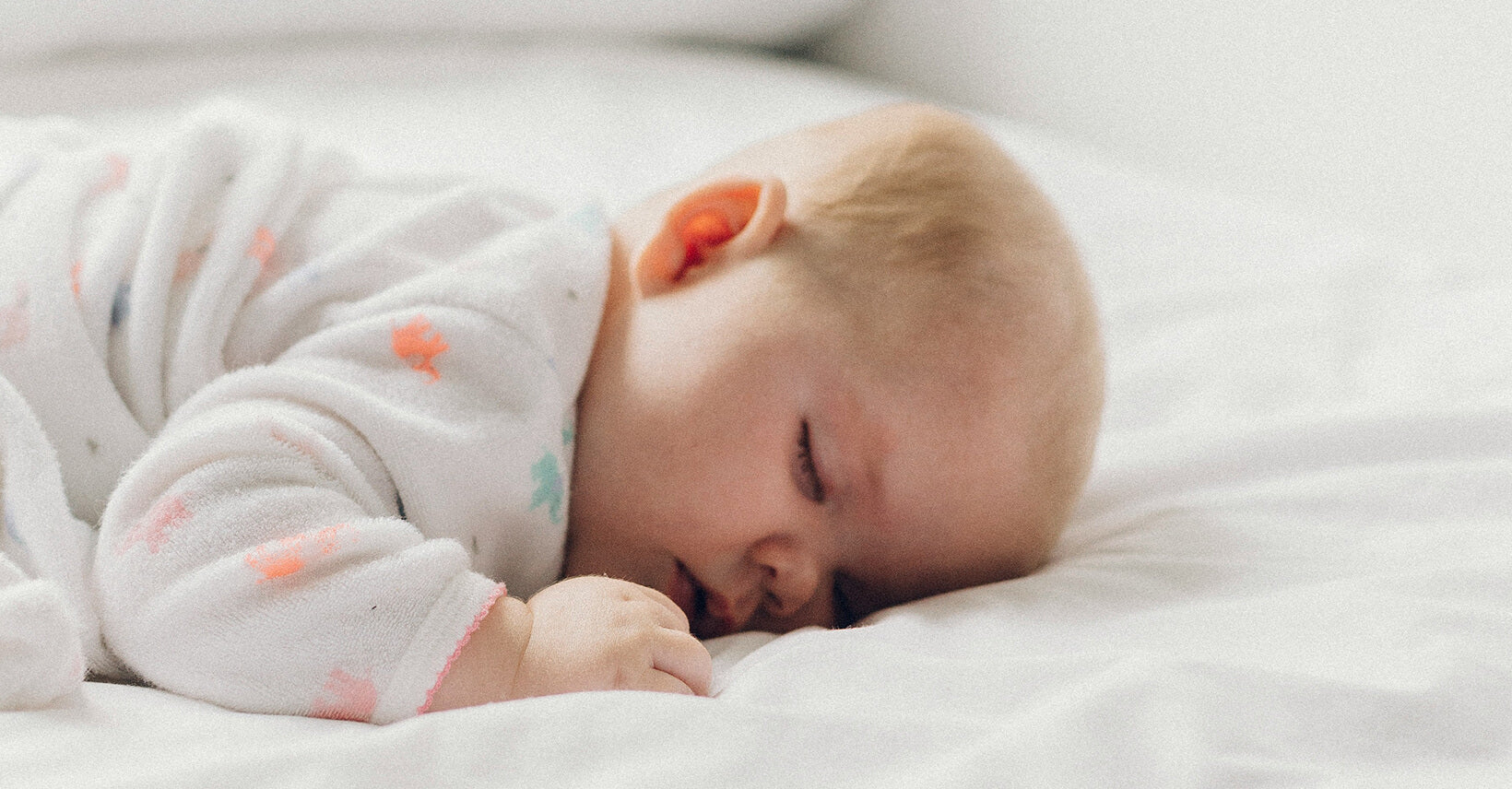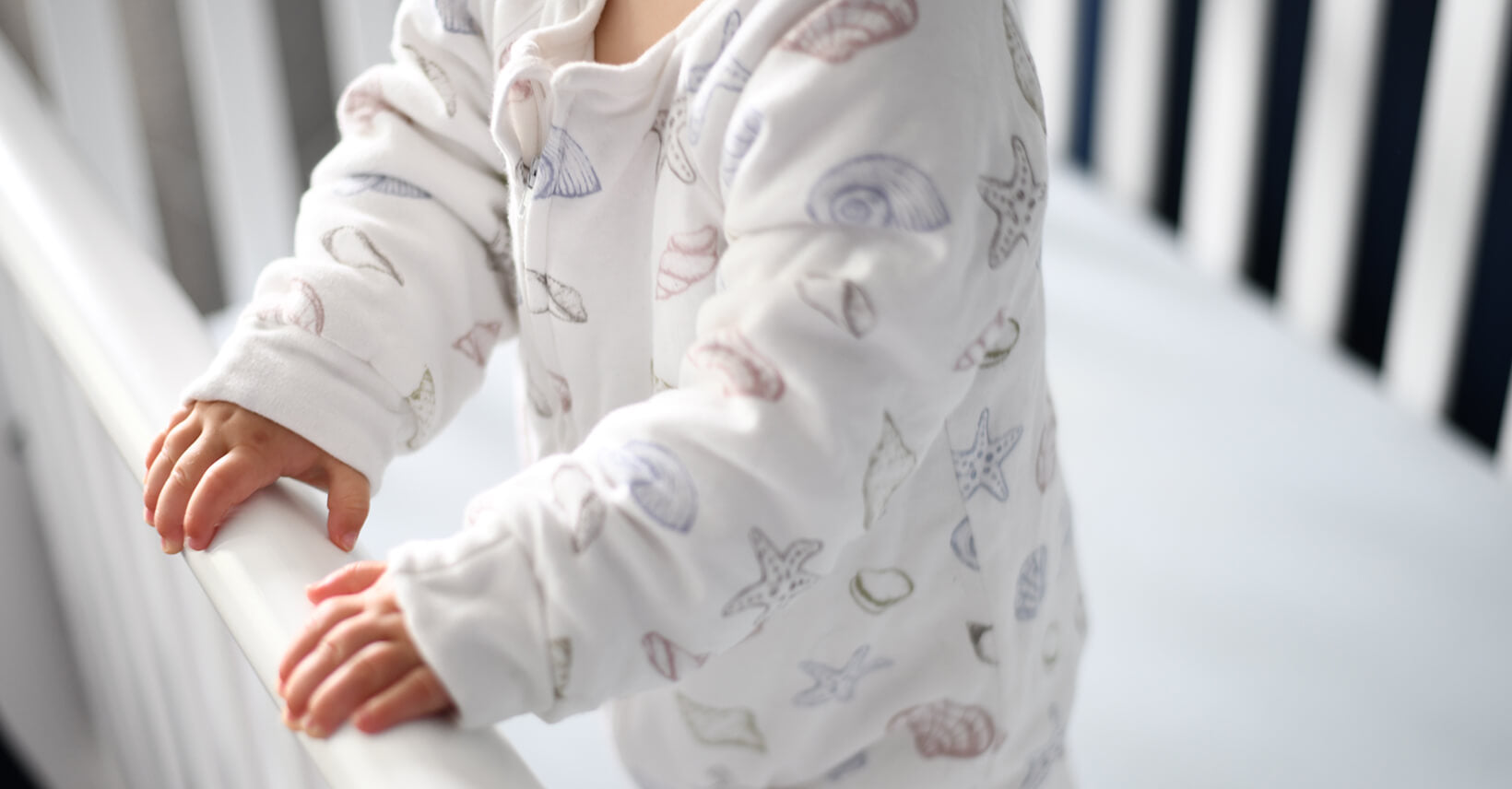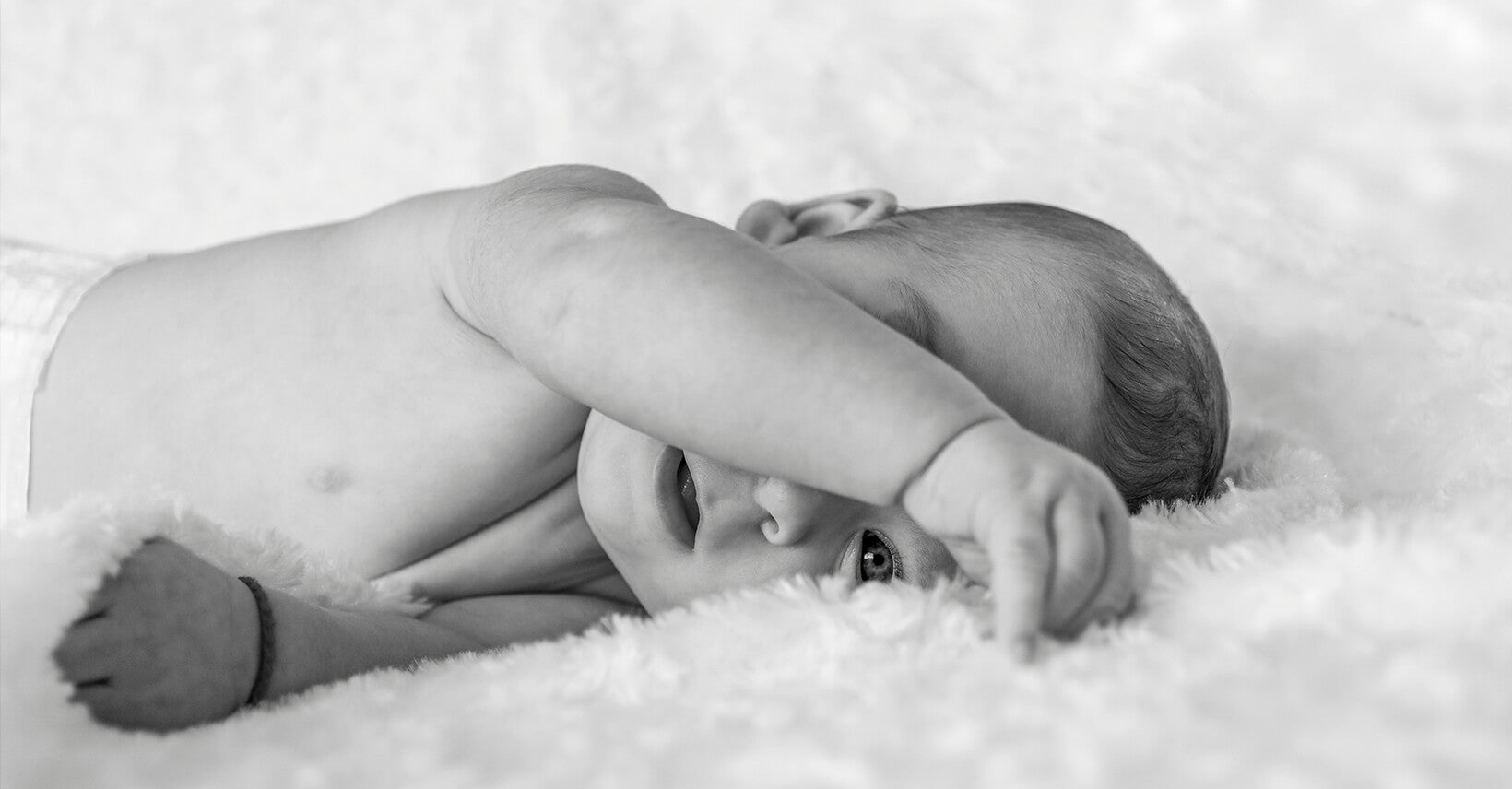
Which sleep position is the best for babies?

Sleep is a vital function for humans. People's brains and bodies can be perfectly relaxed and recovered. Most people spend a third of their lives either asleep or resting, Especially babies, who spend most of their day sleeping. This is why the baby sleeps longer and will grow faster and better, but the baby who sleeps less is often stunted.
Sleep position is the topic of the day. And a good night's sleep often can be determined by what position you are lying in bed.
Some new parents may have several confusions. What is the worst sleeping position? And which one is the best? Let's discuss them step by step.
What is SIDS?
Before we start exploring which position is best for babies to sleep in, perhaps we should understand what SIDS is first.
Sudden Infant Death Syndrome (SIDS) is the unexplained death of a baby younger than one year of age that typically occurs during sleep, with no warning signs or a clear cause. SIDS is sometimes known as "crib death" because the infants often die in their cribs.
Although the exact cause of SIDS is unknown, it is believed to be associated with a combination of physical and sleep-environmental factors.

And Now, given what we've learned about SIDS, maybe we can be able to find some ways to avoid SIDS. Protective measures to reduce the risk of SIDS include putting babies to sleep on their backs, using a firm sleep surface, keeping soft bedding and toys out of the sleeping area, and avoiding overheating.
The safest sleeping position for infants.
The best sleep position recommended for babies is supine or on their back. Here are some key points about baby sleep position:
Back sleeping (supine position) reduces the risk of Sudden Infant Death Syndrome (SIDS) compared to other positions.
Put healthy babies under 1 year old to sleep on their backs for every sleep, including naps. This is the recommendation from the American Academy of Pediatrics.
The back position allows babies to breathe easily and clears secretions from the nose and throat. It's the most natural position.
Once babies learn to roll from back to front on their own, usually around 5-6 months, they can stay that way if you find them front sleeping.
Never put babies down to sleep on adult beds, sofas, or soft surfaces where they could suffocate. Only use a firm, flat crib or bassinet.
Consistently using the back position helps reduce the risks of SIDS and other sleep-related causes of infant death. It's the gold standard.
So, in summary, back is best when it comes to baby sleep safety and position for the first year. Always check with your pediatrician as well.
Is it okay for a newborn to sleep head to side?
Yes, it's generally okay for a newborn to sleep with their head to the side. In fact, it's quite common for newborns to naturally turn their heads to one side while sleeping. This is known as the "preferred head position" and is typically due to their comfort or to prevent the baby from suffocating by obstructing their own airway.
While it is common for newborns to naturally turn their heads to one side, you can prevent flat spots from forming on the skull by frequently encouraging your newborn to turn their head in the opposite direction while they are awake. This helps promote a rounded head shape.
Monitoring: Keep a close eye on your newborn while they are sleeping to ensure they keep their airway open and don't let their position impede their breathing.
Can babies ever be placed on their stomachs?
Sometimes, yes, this should only take place in a medically supervised environment, such as a hospital.
Infants need "tummy time" when awake and supervised. Plank time strengthens shoulder and neck muscles and helps infants reach developmental milestones. Healthcare providers should inform parents and caregivers that a certain amount of prone time is vital and a necessary part of an infant's development. While there is limited research on the question of how much time is ideal for rolling over, the results of one study suggest that more rolling over time is associated with better motor development.
Is it okay if the baby rolls over in sleep?
Once infants begin to roll over on their own, usually around 4 to 6 months of age, the risk of Sudden Infant Death Syndrome decreases. At this time, infants are gaining strength and coordination, and their sleep safety dynamics change somewhat. Here are steps you should take to maintain a safe sleep environment:
ALWAYS SLEEP YOUR BABY ON HIS BACK: You should place your baby on his or her back at every bedtime. This is the safest sleep position for healthy babies and has been shown to greatly reduce the risk of Sudden Infant Death Syndrome (SIDS).
Ensure a safe sleep environment: Although you will be putting your baby on their back, if they roll over on their own, you should check that their sleep area is safe. Make sure there is no loose bedding, bumpers or soft toys in the sleeping area that could pose a choking hazard.
Conclusion:
As a careful parent, we can employ the following approaches to make sure that our baby's sleep conditions are absolutely safe.
- Put your baby to sleep on his or her back
- Use sleepwear, such as a sleep sack or another one-piece outfit.
- Use a crib, bassinet, or portable crib.
- Make sure the surface of the crib is flat and firm
- Make sure the crib is certified safe
- Encourage supervised tummy time when the baby is awake.
- Offer the baby a clean, dry pacifier, but do not insist if they reject it.
- Cover the mattress with a fitted sheet.
- Establish a bedtime routine when your infant is 4–6 months old.
- Share a room with your infant if closeness is important.
- Maintain a comfortable room temperature to avoid drafts and overheating
Happy sleeping!
Our favorites

Yujia Shi
An expert in sleep sack design, is a valued contributor to Kaiya Baby's blog. With a strong background in baby sleep bags and maternal care, she is highly regarded for her professionalism. Yujia Shi prioritizes baby comfort and safety in her designs, using high-quality materials. Her insightful articles on sleep bags have been featured in reputable publications and have gained a significant readership. Trust Yujia Shi to help you create a comfortable and safe sleep environment for your baby, backed by her proven track record in the industry.








Leave a comment
This site is protected by reCAPTCHA and the Google Privacy Policy and Terms of Service apply.